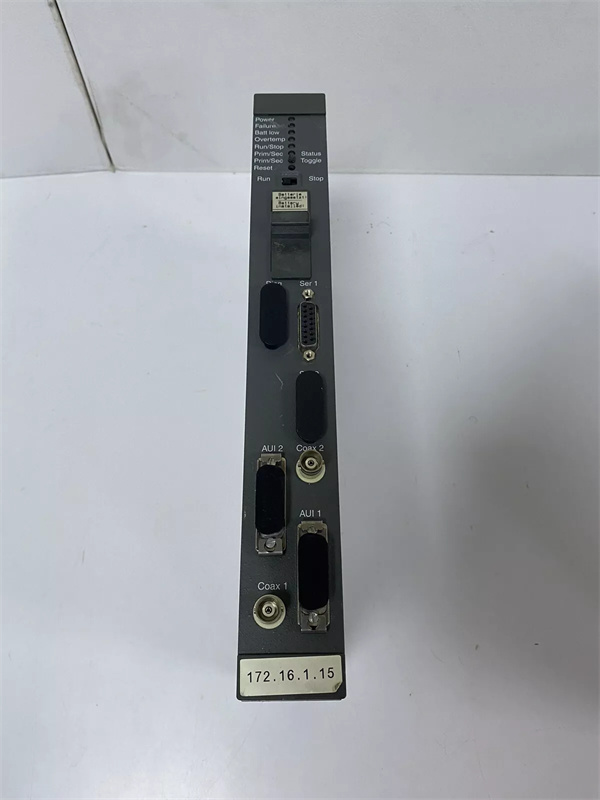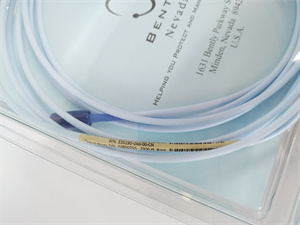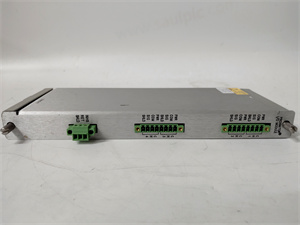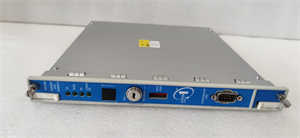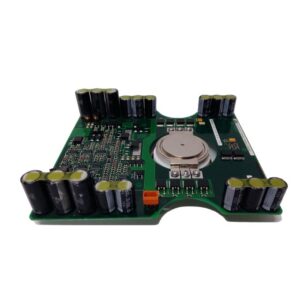Description
1. Product Description
The ABB DCP10 serves as the central processing unit for industrial control systems, enabling real-time data handling and precise machine automation. With 8 MB of memory, it processes logic programs, I/O signals, and communication tasks efficiently, reducing latency in applications such as robotic assembly lines and process monitoring. Key features include a DIN rail-mountable design (25.4 mm × 75.2 mm × 100.8 mm), low power consumption (10 W max), and a wide operating temperature range (-20°C to +55°C). The module supports 32 digital input channels with galvanic isolation, protecting against electrical noise, and integrates with ABB’s distributed control systems (DCS) for scalable automation.
2. Product Parameters
| Parameter | Specification |
|---|---|
| Model | DCP10 (Family: AC800M, Freelance 2000) |
| Brand | ABB |
| Memory | 8 MB |
| Voltage | DC 24 V |
| Power Consumption | Max 10 W |
| I/O Channels | 32 digital inputs (24 V) |
| Communication | Profibus DP/DPV1, MasterBus 300 |
| Dimensions | 25.4 mm × 75.2 mm × 100.8 mm |
| Weight | 0.12 kg |
| Operating Temperature | -20°C to +55°C |
| Certifications | CE, UL, ISO 9001 |
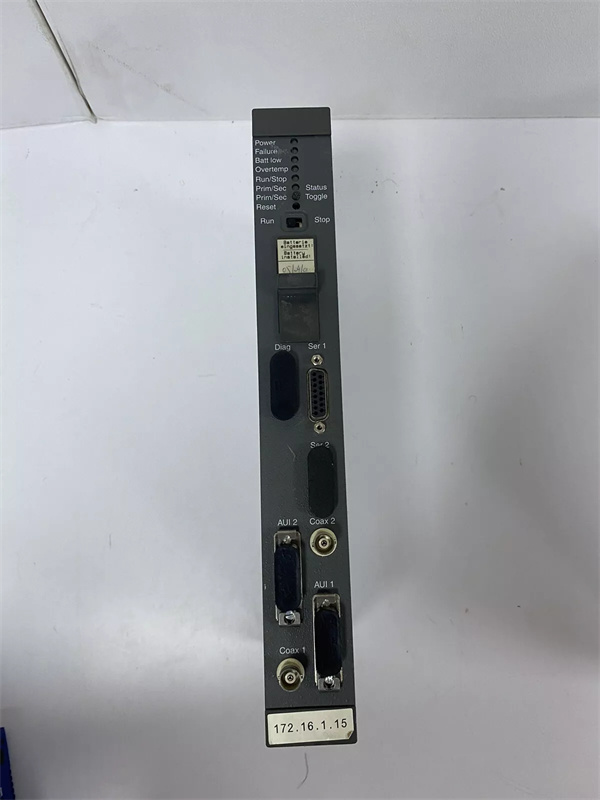
ABB DCP10
3. Advantages and Features
- High-Speed Processing: 8 MB memory and optimized algorithms enable fast program execution for real-time control.
- Compact Design: Space-saving DIN rail mount reduces panel space by 20% compared to legacy modules.
- Rugged Reliability: Galvanic isolation and robust construction (IP20 protection) ensure operation in dusty, humid environments.
- Easy Integration: Compatible with ABB’s DCS/PLC systems (Advant OCS, AC800M) and supports hot swapping for minimal downtime.
- Cost Efficiency: Long lifecycle (10+ years) and modular scalability lower total cost of ownership.
4. Application Fields and Cases
Industries: Manufacturing (automotive, plastics), energy (power plants), water treatment, and process automation.
Scenarios: Machine control, conveyor systems, and distributed I/O networks.
Scenarios: Machine control, conveyor systems, and distributed I/O networks.
Case Study: A water treatment plant deployed the DCP10 to manage 50+ pumps and sensors across multiple sites. Its Profibus DP connectivity and 8 MB memory reduced system response time by 15%, improving water distribution efficiency and cutting maintenance costs by 20%.
5. Competitor Comparison
Compared to similar CPU modules, the DCP10 offers higher memory (8 MB vs. 4–6 MB in 竞品) and broader temperature tolerance (-20°C to +55°C vs. 0°C to +50°C in comparable models). Its built-in Profibus support eliminates the need for additional communication modules, reducing setup complexity and cost by 15–20%.
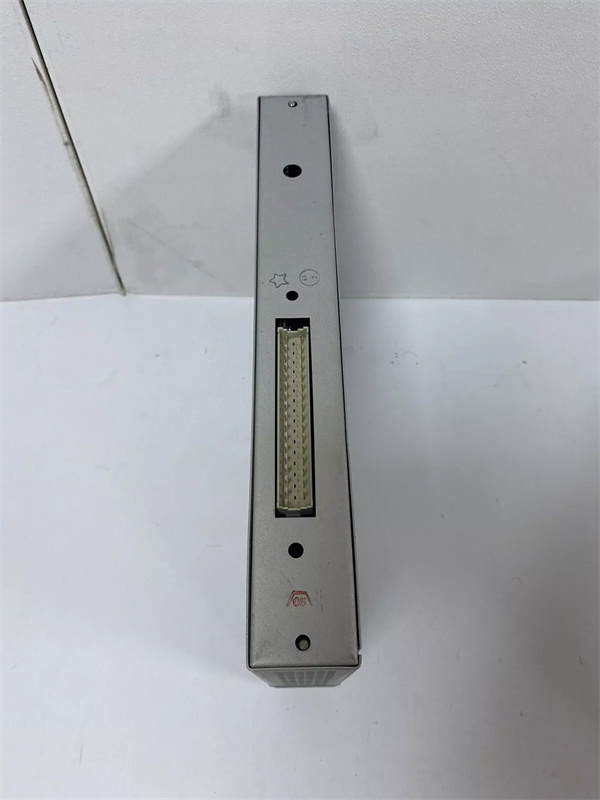
ABB DCP10
6. Selection Recommendations
- Compatibility: Ensure compatibility with ABB’s PLC/DCS systems (e.g., AC800M, Freelance 2000).
- Environment: Consider temperature/humidity (5–95% non-condensing) and EMI levels; use protective enclosures in harsh settings.
- Scalability: Choose based on I/O requirements (up to 32 inputs) and network size (supports 80+ Profibus nodes).
- Budget: New units (USD 5.5k–6.5k) vs. refurbished (USD 4.8k) with 12-month warranty.
7. Precautions
- Installation: Secure DIN rail mounting; avoid physical stress during module insertion.
- Environment: Maintain operating temperature range; clean dust periodically using anti-static tools.
- Software: Use ABB’s 官方编程工具 (e.g., Freelance Engineering) for configuration to prevent compatibility issues.
- Maintenance: Monitor LED indicators for faults; replace batteries (if applicable) every 5 years.

